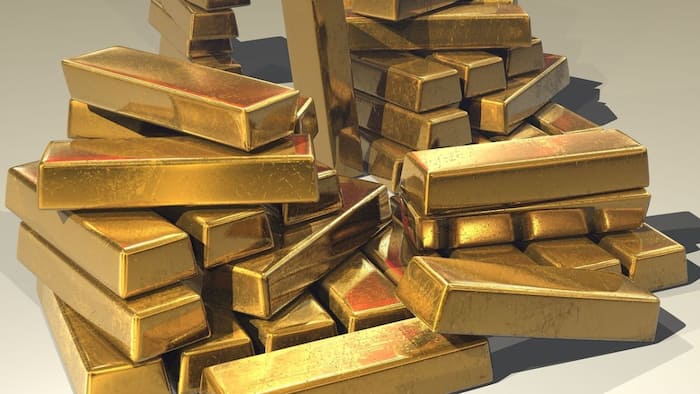
Written By Shubham Verma
Published By: Shubham Verma | Published: Mar 05, 2024, 11:13 PM (IST)

Electronic waste, or e-waste, is a growing problem, posing environmental and health concerns. However, a recent breakthrough by researchers at ETH Zurich in Switzerland could turn this waste into a goldmine, literally. They have developed a novel and sustainable method to extract precious metals like gold from discarded electronics, potentially giving a new direction to e-waste management. Also Read: Electric cars pollute air more than petrol cars, claims study
The secret lies in a readily available and unexpected source: whey protein, a byproduct of cheesemaking. In their study, the researchers noted that by processing whey protein into a special “sponge” made of protein fibrils, they could selectively capture gold ions from dissolved e-waste.
— Sustainability: Unlike traditional methods that use harsh chemicals and generate hazardous waste, the whey protein approach is environmentally friendly and utilises a waste product from the food industry.
— Efficiency: The protein fibril sponges exhibit a high affinity for gold, efficiently extracting it from a mixture of other metals present in e-waste.
— Profitability: The researchers claim that for every dollar invested, the process can potentially yield $50 worth of recovered gold, making it a financially viable proposition.
In their experiments, the team successfully extracted a 450-milligram nugget of 22-carat gold from just 20 old computer motherboards. The process involved dissolving the motherboards in an acid bath, placing a protein fibre sponge in the solution, and then heating it to obtain gold ions as flakes. Further heating up the flakes converts into a gold nugget. The researchers said the nugget was 91 percent gold, while the remaining 9 percent included remains of copper — corresponding to 22 carats. This finding, published in the journal “Advanced Materials,” has generated considerable excitement, with experts suggesting it could significantly incentivise e-waste recycling and address the growing environmental concerns associated with it.
While further research and development are needed to scale up the technology and ensure its commercial feasibility, this new technique offers a promising glimpse into a future where e-waste becomes a valuable resource rather than a growing environmental burden. It highlights the potential of innovative solutions to address complex challenges, paving the way for a more sustainable and profitable future.